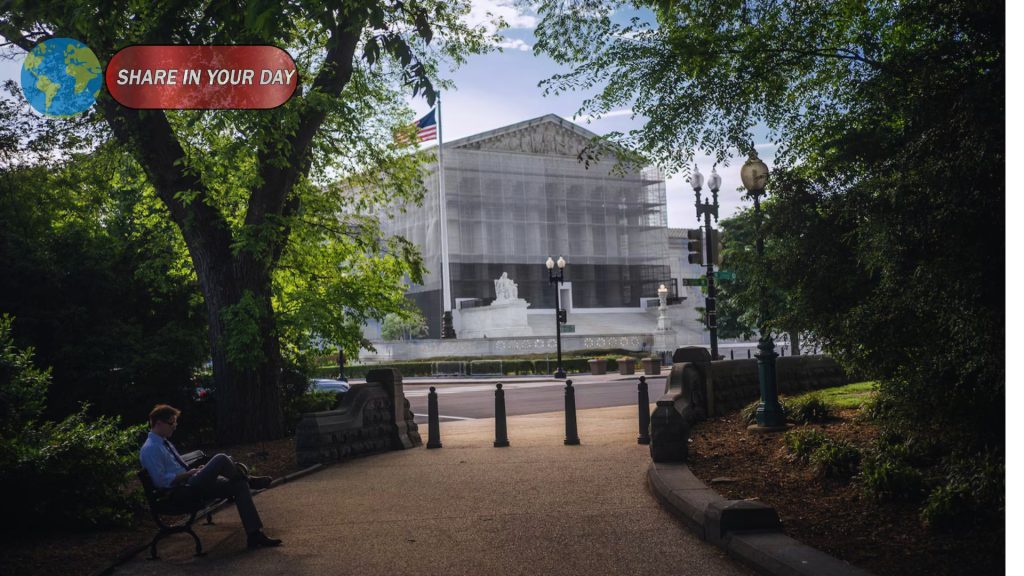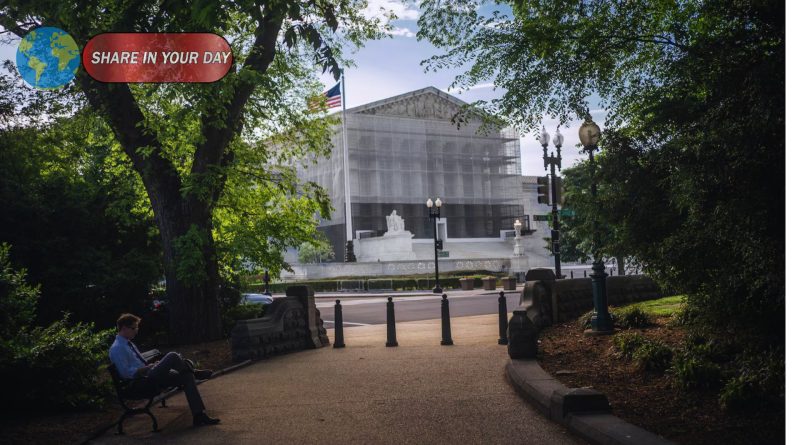Supreme Court Signals It May Limit Key Provision of the Voting Rights Act
On October 15, 2025, the Supreme Court weighed arguments that could reshape how race is considered in drawing legislative maps—a pivotal moment that may weaken one of the most powerful protections for minority voters.
The Stakes: Section 2 Under Scrutiny
At issue is Section 2 of the Voting Rights Act, which requires states under certain conditions to draw districts that allow Black and other minority voters a realistic chance to elect representatives of their choice. For decades, this provision has served as a legal tool to combat vote dilution and enforce equitable representation.
But during Wednesday’s hearing, several conservative justices indicated openness to tightening limits on that authority—arguing that race should not become the dominant factor in redistricting.
What the Justices Seemed to Signal
- Justice Brett Kavanaugh suggested race-based remedies should have a temporal limit. He asked whether such measures should remain indefinitely or expire after some period.
- Chief Justice John Roberts questioned how much weight race should carry in drawing maps, asking over what “size” racial influence should apply.
- Meanwhile, the state of Louisiana and federal attorneys contended that the creation of a second Black-majority district in Louisiana placed too heavy an emphasis on race—arguing that it violates constitutional guarantees of equal protection.
Pushback from the Court’s Liberal Wing
Justices Sonia Sotomayor and Elena Kagan challenged those arguments forcefully. Sotomayor stated that reducing Section 2 to a mere formality would be tantamount to dismantling the Voting Rights Act itself.Kagan, pressing on substance, asked how much erosion of minority influence would result if protections were weakened
Janai Nelson, representing Black voters in Louisiana, warned of “catastrophic” consequences if Section 2 loses potency, noting the law has been crucial to diversifying political leadership and protecting voice in Southern states.
The Louisiana Case as a Testbed
This case centers on a challenge to Louisiana’s congressional map. Black voters argued that previous maps diluted their power by creating only one Black-majority district out of six, despite Black Americans making up roughly one-third of the state’s population.
A lower court ruled in favor of the plaintiffs and ordered a second Black-majority district, which the state eventually implemented. That new map was then challenged by non-Black voters who argued it constituted unconstitutional racial gerrymandering. The Supreme Court initially delayed a decision, then called for additional arguments to revisit fundamental questions about Section 2.
Why This Matters
If the Court curtails Section 2, the impacts would be broad:
- States may reduce or eliminate majority-minority districts, weakening minority representation in Congress and state legislatures
- Legislatures controlled by Republicans in many states could redraw maps in ways that entrench partisan advantage.
- The decision could shift the balance of power just ahead of upcoming elections, altering competitive districts nationwide.
We’re likely to see a ruling by summer 2026, and its reverberations could redefine the map for years to come.
Note: This article is a reconstruction based on publicly reported coverage. Some nuances or internal memoranda discussed during oral arguments may not be fully captured.
If you want, I can also produce a “key takeaways” summary, a timeline of major Voting Rights Act cases, or an analysis of how this could affect specific states. Which one would you like next?
Title





